Rhinoplasty Recovery 101
Rhinoplasty has helped many Manhattan, New York and New Orleans, Louisiana patients enhance their appearance or improve their breathing through nose job procedures. One of the first questions these patients often ask at their initial consultation is what to expect from the recovery process.
Through decades of working with patients, Dr. Miller understands that an educated patient is in the best position to enjoy exemplary rhinoplasty results. This rhinoplasty recovery guide is designed to help potential nose job candidates understand what is involved in the days and weeks following surgery.
How Long is Nose Job Recovery: What to Expect
Dr. Miller typically performs rhinoplasty using general anesthesia. Patients cannot drive afterward and should have someone with them for the first 24-48 hours after surgery. While rest is an important part of the healing process, it is best to elevate your head while lying down or sleeping to minimize postoperative swelling.
You will wear a nose splint for the first week and will experience slight bruising and swelling around the nose and eyes. This will gradually dissipate over the course of a few days or weeks.
How long does it take to recover from rhinoplasty?
It will take some time to heal after rhinoplasty. You can usually return to work and other activities within three weeks, but you should refrain from strenuous physical exercise for 3-6 weeks. You will begin to see the swelling and bruising disappear within 2-3 weeks, at which time you will start to appreciate the results.
You will have at least two postoperative follow-up visits during this time as well. Full results usually take 6-12 weeks to be seen while your healing will continue for the entire first year. Dr. Miller and his team will follow you through this entire process, but please be patient to see the final results.
How long does swelling last after rhinoplasty?
Pain and swelling will be most pronounced during the first week post-surgery, and you will most likely have some bruising and tenderness under your eyes and on your cheeks as well. The majority of the facial swelling should subside and most of the bruising should be resolved after the second week.
What to expect 2 weeks after rhinoplasty?
Most of your facial swelling and bruising will have subsided at this time. You will likely feel comfortable going out in public, using makeup to cover up any residual discoloration. You will still have some time to wait before your full results become apparent.
What to expect 3 weeks after rhinoplasty?
At this point, you can safely resume some cardiovascular activity such as walking, jogging, and swimming. Visible swelling and bruising should be virtually non-existent at this time. Most patients start breathing easier by now as well, with postoperative congestion dissipating.
Hard Nose Tip after Rhinoplasty
A temporary hard tip or bump on the nose after rhinoplasty is very common. A hard tip typically occurs due to swelling of the nasal tissue or the presence of scar tissue. The hardness of the tip may also be indicative of the cartilage grafts used during surgery. The nasal tip is narrowed and supported with cartilage grafts, which give the nose a new shape but also prevent the nose from changing its shape once it has fully healed, making your nose feel tight after rhinoplasty.
The stiffness is temporary and should resolve in 9 months to one year after rhinoplasty. As swelling and stiffness ease, the tip will be much softer, and normal sensation will return. Cut back on salt to help relieve swelling and fluid retention. If the tip of the nose is still hard one to two years after rhinoplasty, seek advice from your surgeon.
When can I wear glasses after rhinoplasty?
You can resume wearing your glasses or sunglasses after rhinoplasty by about six weeks when bones are more stable. Dr. Miller will give you specific instructions when he monitors you during your recovery process.
When can I drink alcohol after rhinoplasty?
Drinking alcohol is a dangerous activity for any patient healing from surgery, including rhinoplasty. Alcohol can interfere with your medications and thin your blood, promoting excess bleeding and bruising. To be safest during your recovery, avoid drinking alcohol for at least three weeks after your rhinoplasty surgery.
When can I sleep on my side after rhinoplasty?
During the initial part of your recovery, it is extremely important that you keep your head elevated in a straight position to facilitate proper blood flow and prevent additional bruising and swelling, as well as displacing your nose. You’ll need to sleep in an upright position (with your head propped on two to three pillows or on a foam wedge) for 6 weeks. At that point, you can resume sleeping on your side if that is a more comfortable position for you.
How long after rhinoplasty can I workout?
At weeks 3-4, you can resume some cardiovascular activities such as jogging, cycling, and swimming. By the sixth week, your nasal bones should be stable enough to allow you to lift weights after rhinoplasty. To be sure, consult with our office before resuming any strenuous physical activities.
When can I wear makeup after rhinoplasty?
You can start wearing makeup once the external splint is removed 5-7 days after your surgery. Be careful not to put too much pressure on your nose when you apply your products.
How long does your nose bleed after rhinoplasty?
How long after rhinoplasty can I breathe through my nose?
The nature of your procedure and the accompanying swelling in your nasal cavity means that you will likely experience a bit of congestion in the weeks following the procedure. If nasal packing after rhinoplasty is necessary, it is typically removed within two days after surgery.
Swelling and bruising will often increase in the first 2-3 days following surgery and then start to subside. The nasal may feel congested for at least 2 weeks following surgery. It may be difficult to breathe through the nose initially but as the swelling goes down, the congestion should disappear.
Schedule your Nose Job in NYC
Dr. Miller performs his nose job surgeries at his accredited plastic surgery clinic. Rhinoplasty is an outpatient procedure that usually lasts 1.5 to two hours and after the nose job is complete, patients can return home. Fly-In Program patients can convalesce in a hotel or recovery facility. The goal for all rhinoplasty patients is to allow for rest and recuperation in comfortable surroundings.
Please do not hesitate to contact our NYC plastic surgery clinic for any recovery or post-operative instructions after your rhinoplasty surgery. For more information or to schedule your initial consultation, contact our office today.
Settle for Nothing But the Best Facial Plastic Surgery
Facial Plastic Surgery
Dr. Philip Miller and his team of New York's top rated facial plastic surgery experts provide custom cosmetic treatment plans that include a combination of minimally-invasive techniques and advanced procedures, to help each patient achieve the Aesthetic Confidence® they desire. Our unique NatraFace™ approach to facial rejuvenation includes the following effective procedures:
Eyelid Plastic Surgery
Dr. Miller provides patients with Manhattan's #1 customized care and treatment for smooth, supple skin that brightens the eyes and revitalizes the face. With our NatraFace™ approach, we utilize a combination of effective aesthetic techniques tailored to suit each patient’s needs. We offer:
Rhinoplasty (Nose Jobs)
Dr. Miller and his staff of NYC's best aesthetic specialists offer the NatraNose® process, which is a comprehensive range of minimally-invasive and advanced techniques to achieve natural-looking rhinoplasty results, improve nasal function, and meet the patient’s aesthetic goals. Dr. Miller specializes in nose jobs, nose reductions, non-surgical nose jobs, and more: Adjust the links in these sections as follows:
Skin Care Treatments
Widely acclaimed for our broad range of flawless skincare solutions, Philip J. Miller, MD, FACS and his team of aesthetic specialists offer customized skincare treatment plans to achieve healthy, natural-looking results. As part of our NatraLook™ process, the following procedures may be performed individually or in combination with more advanced surgical treatments for optimal rejuvenation.
Male Plastic Surgery
Philip J. Miller, MD, FACS, is a double board-certified facial plastic surgeon with over 20 years of experience working with male and female patients. He specializes in facial plastic surgery and is recognized as an expert in facial rejuvenation procedures. Utilizing the most advanced surgical techniques, Dr. Miller can maintain or enhance masculine features while producing the most natural-looking results.
Aesthetic Confidence®

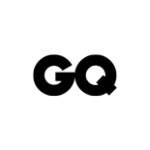




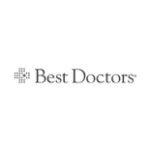
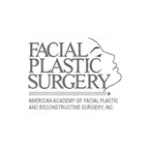
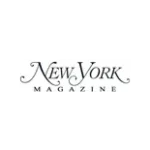
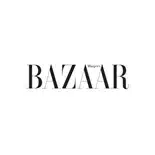
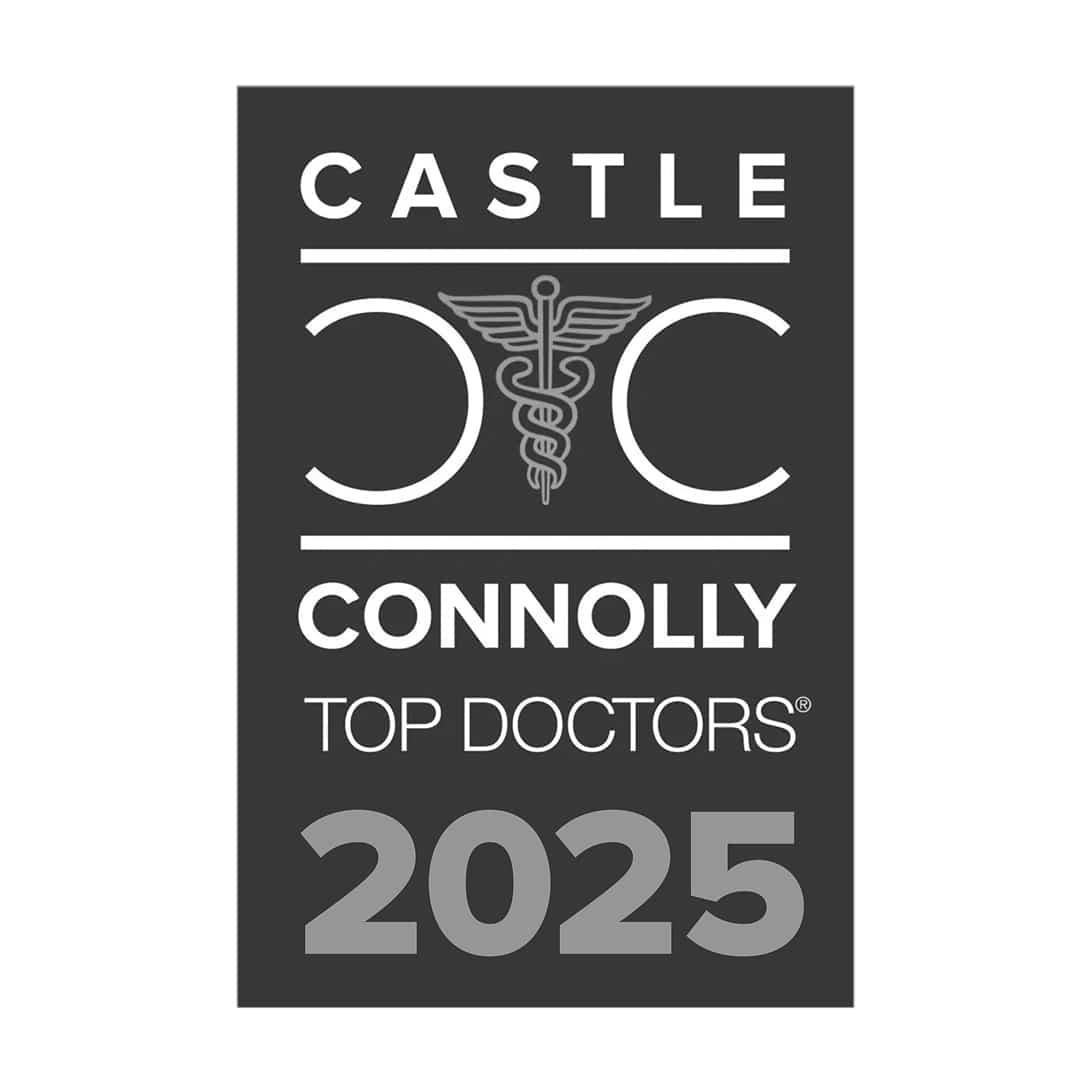
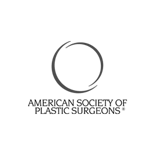
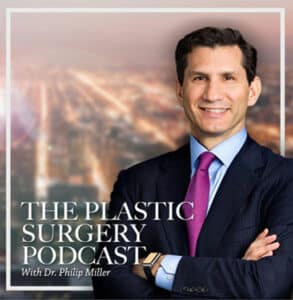
The Plastic Surgery Podcast with Dr. Philip Miller
Tune into The Plastic Surgery Podcast, hosted by facial plastic surgeon Dr. Philip Miller. Dr. Miller is here to answer your questions, de-mystify plastic surgery, and help you feel more knowledgeable and empowered about any procedure performed at our center.
-


Episode 44: My First Time
8 min -


Episode 43: Top 10 Reasons Not To Get A Rhinoplasty ( Plastic Surgery)
20 min -


Episode 42 : Osteomas & Lipomas
11 min -


Episode 41: All Ears Considered!
8 min -


Episode 40: Infrared Light Therapy
6 min -


Episode 39: Beauty, the Plateau
6 min -


Episode 38: Botox and Dermal Fillers
3 min -


Episode 37: Cost of Rhinoplasty
1 min -


Episode 36: Different Types of Nasal Surgeries
3 min -


Episode 35: Do You Have to Break the Nose for Rhinoplasty?
2 min -


Episode 34: Do You Have to Stay Overnight After Having a Rhinoplasty?
2 min -


Episode 33: Don't Have a Rhinoplasty!
2 min -


Episode 32: Endonasal or External
1 min -


Episode 31: Are You a Candidate?
2 min -


Episode 30: In The Office
17 min -


Episode 29: Can My Nose be Made Smaller?
4 min -


Episode 28: Can't Breath Through Nose
3 min -


Episode 27: Chin Implants - Mentoplasty
2 min -


Episode 26: Columellar Struts
23 sec -


Episode 25: Common Terms
5 min -


Episode 24: Connection Between Facial Resurfacing and Tattooing
5 min -


Episode 23: The Sooner, The Better?
4 min
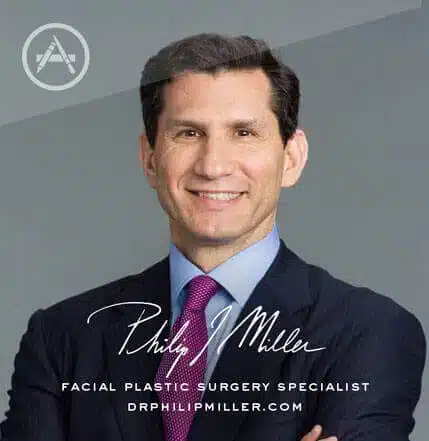
Plastic Surgery w/ Dr. Miller
If you’re thinking about getting a lift, nip, or tuck, this app is for you. It’s the most comprehensive pocket encyclopedia of plastic surgery terms, before and after photos, and visualization tools to help you really know what to expect from a procedure, including seeing potential results on your own photo. This app is only available on the App Store for iOS devices.
View in App Store



